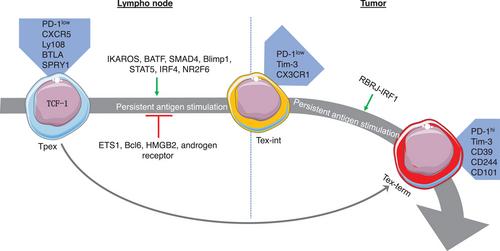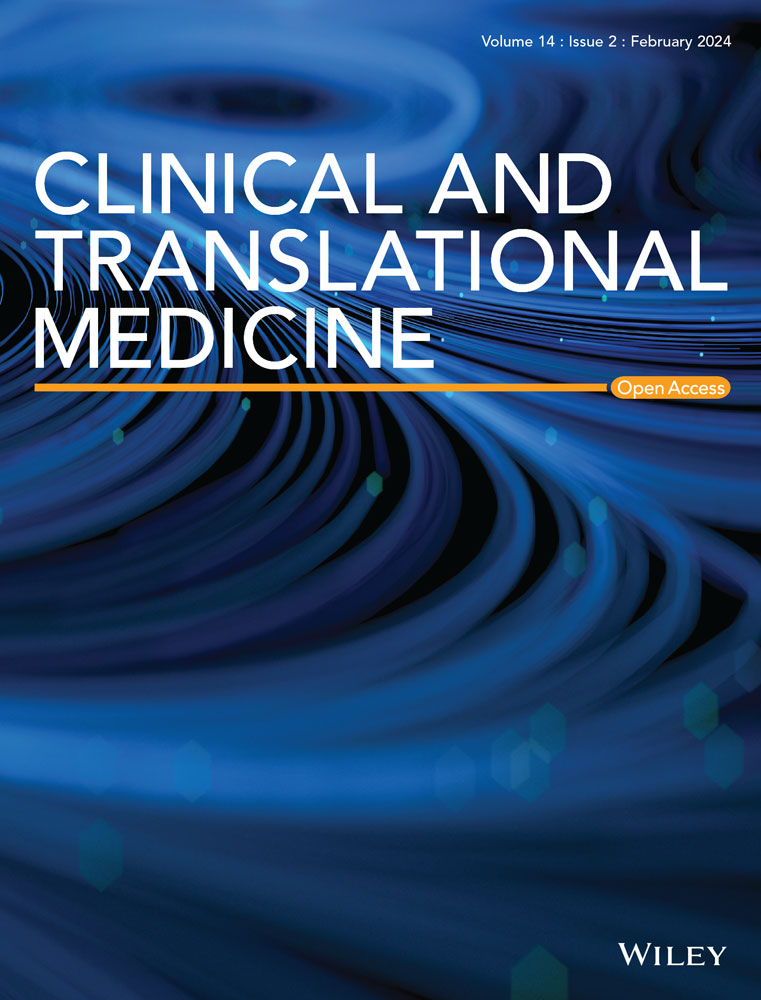Potential mechanisms of cancer stem-like progenitor T-cell bio-behaviours
Abstract
In situations involving continuous exposure to antigens, such as chronic infections or cancer, antigen-specific CD8+ T cells can become dysfunctional or exhausted. This change is marked by increased expression levels of inhibitory receptors (PD-1 and Tim-3). Stem-like progenitor exhausted (Tpex) cells, a subset of exhausted cells that express TCF-1 and are mainly found in the lymph nodes, demonstrate the ability to self-renew and exhibit a high rate of proliferation. Tpex cells can further differentiate into transitional intermediate exhausted (Tex-int) cells and terminally exhausted (Tex-term) cells. Alternatively, they can directly differentiate into Tex-term cells. Tpex cells are the predominant subset that respond to immune checkpoint inhibitors (ICI), making them a prime candidate for improving the efficacy of ICI therapy. This review article aimed to present the latest developments in the field of Tpex formation, expansion, and differentiation in the context of cancer, as well as their responses to ICIs in cancer immunotherapy. Consequently, it may be possible to develop novel treatments that exclusively target Tpex cells, thus improving overall treatment outcomes.
Key points
-
Tpex cells are located in lymph nodes and TLS.
-
Several pathways control the differentiation trajectories of Tpex cells, including epigenetic factors, transcription factors, cytokines, age, sex, etc.


 求助内容:
求助内容: 应助结果提醒方式:
应助结果提醒方式:


